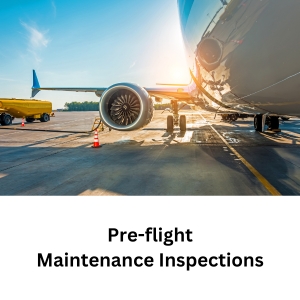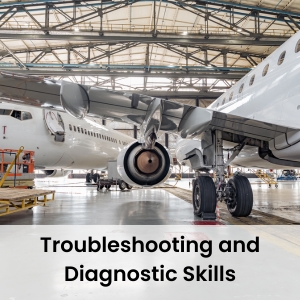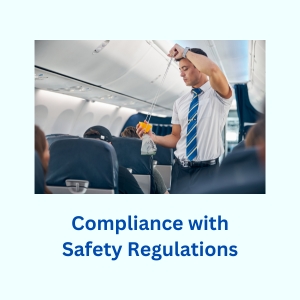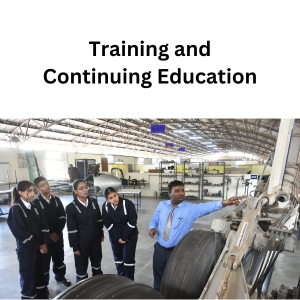Announcement
Get Ready for INDUS CUP 2K26! | Dates: 5–10 January 2026 | Stand a Chance to Win Cash Prizes up to ₹10,00,000!...Read more Get Ready for INDUS CUP 2K26! | Dates: 5–10 January 2026 | Stand a Chance to Win Cash Prizes up to ₹10,00,000!
We are excited to announce the Indus Hackathon 2025, an exhilarating one-day event organized by the CSE Department of Indus University....Read more We are excited to announce the Indus Hackathon 2025, an exhilarating one-day event organized by the CSE Department of Indus University.
26th ISTE Faculty Annual State Convention will be held at Indus University on April 27, 2023....Read more 26th ISTE Faculty Annual State Convention will be held at Indus University on April 27, 2023.
Get Ready for INDUS CUP 2K26! | Dates: 5–10 January 2026 | Stand a Chance to Win Cash Prizes up to ₹10,00,000!...Read more Get Ready for INDUS CUP 2K26! | Dates: 5–10 January 2026 | Stand a Chance to Win Cash Prizes up to ₹10,00,000!
We are excited to announce the Indus Hackathon 2025, an exhilarating one-day event organized by the CSE Department of Indus University....Read more We are excited to announce the Indus Hackathon 2025, an exhilarating one-day event organized by the CSE Department of Indus University.
26th ISTE Faculty Annual State Convention will be held at Indus University on April 27, 2023....Read more 26th ISTE Faculty Annual State Convention will be held at Indus University on April 27, 2023.

Aviation safety is of paramount importance in the airline industry. The smooth and secure functioning of aircraft relies on various factors, with aircraft maintenance engineering being a crucial component. This article explores the significant role of aircraft maintenance engineering in ensuring aviation safety. It aims to provide an overview of the field, highlight its importance in India, and discuss the training and educational opportunities available.
Aircraft Maintenance Engineering (AME) encompasses a broad range of skills and responsibilities. AME professionals are responsible for inspecting, maintaining, and repairing aircraft to ensure their airworthiness. Their work involves performing regular inspections, troubleshooting, repairs, and overhauls. These engineers work diligently to ensure that every aircraft is safe, reliable, and compliant with regulatory standards. To become an Aircraft Maintenance engineer in India, individuals must undergo specialized training and acquire the necessary certifications and qualifications.
Pre-flight inspections play a crucial role in aviation safety. Before every flight, AME experts conduct thorough inspections to identify potential safety issues. They meticulously check various components, systems, and controls of the aircraft, including the engines, landing gear, avionics, and fuel systems. These inspections help identify any anomalies or potential risks that could jeopardize the safety of the aircraft or passengers.

Regular maintenance is vital to ensure the continued airworthiness of an aircraft. AME specialists adhere to maintenance schedules and intervals prescribed by the aircraft manufacturer in India and regulatory authorities. Routine inspections involve comprehensive checks of critical systems and components. These inspections help detect wear and tear, corrosion, or other issues that may affect the aircraft's performance or safety. By following strict maintenance programs, AME professionals contribute significantly to the overall safety of the aviation industry.

AME professionals possess exceptional troubleshooting and diagnostic skills. When an aircraft experiences a malfunction or system failure, these engineers are trained to identify and rectify the problem efficiently. They use specialized equipment and tools to diagnose issues accurately. Also, Aircraft maintenance engineers collaborate with other aviation professionals, such as pilots and engineers, to gather information and solve complex problems. Their ability to diagnose and resolve issues swiftly is crucial for maintaining the safety and efficiency of aircraft operations.
Repair and overhaul procedures are a vital part of aircraft maintenance engineering. In the Aircraft Maintenance Engineer course, an individual is trained to perform various types of repairs, including structural repairs, engine repairs, and electrical repairs. They follow manufacturer guidelines and regulatory standards to ensure the highest quality of work. Quality control and assurance play a significant role in the repair process, with thorough inspections and tests carried out before an aircraft is deemed airworthy. The expertise of AME professionals in repair and overhaul processes directly contributes to the aviation sector in India and its safety.
Ensuring compliance with safety regulations is a fundamental responsibility of aircraft maintenance engineering. Aircraft Maintenance Engineers are well-versed in the applicable regulatory standards and strive to maintain the highest safety standards for aircraft operations and this is included in the B. Tech aeronautical engineering syllabus. They keep meticulous records of maintenance activities, inspections, and repairs. Accurate documentation is essential for regulatory compliance and supports the traceability of maintenance actions. AME professionals actively participate in safety audits and inspections to ensure adherence to safety regulations and standards.

During emergencies and incidents, immediate response is crucial for the safety of passengers and crew. AME experts from the best aeronautical engineering colleges play a vital role in addressing such situations. They are trained to handle emergency procedures, including evacuations and firefighting. Additionally, in the aftermath of an incident, maintenance engineers contribute to post-incident investigations. By analyzing data, examining damaged components, and conducting thorough inspections, they help determine the cause of the incident and identify measures to prevent similar occurrences in the future. Continuous improvement and learning from incidents are essential for enhancing aviation safety.

Ongoing training and continuing education are vital for AME professionals. The field of aircraft maintenance engineering is dynamic, with evolving technology and industry practices. To stay updated, AME specialists engage in continuous learning and professional development activities. Several Aircraft maintenance engineering colleges in India offer AME courses and programs that provide comprehensive training in various aspects of aircraft maintenance. These courses cover subjects such as aircraft structures, systems, avionics, regulations, and safety practices. The training equips individuals with the necessary skills and knowledge to excel in the field of aircraft maintenance engineering.
Aircraft Maintenance Engineering Institute plays a pivotal role in ensuring aviation safety. The diligent work of AME professionals in conducting inspections, performing routine maintenance, troubleshooting, repairs, and adherence to safety regulations contributes to the safe operation of aircraft. Recognizing and appreciating their contributions is crucial. The future of aircraft maintenance engineering holds promises, with advancements in technology and continuous emphasis on training and education. By continuing to prioritize safety and investing in the development of skilled AME professionals, the aviation industry can maintain its unwavering commitment to safe and secure air travel.